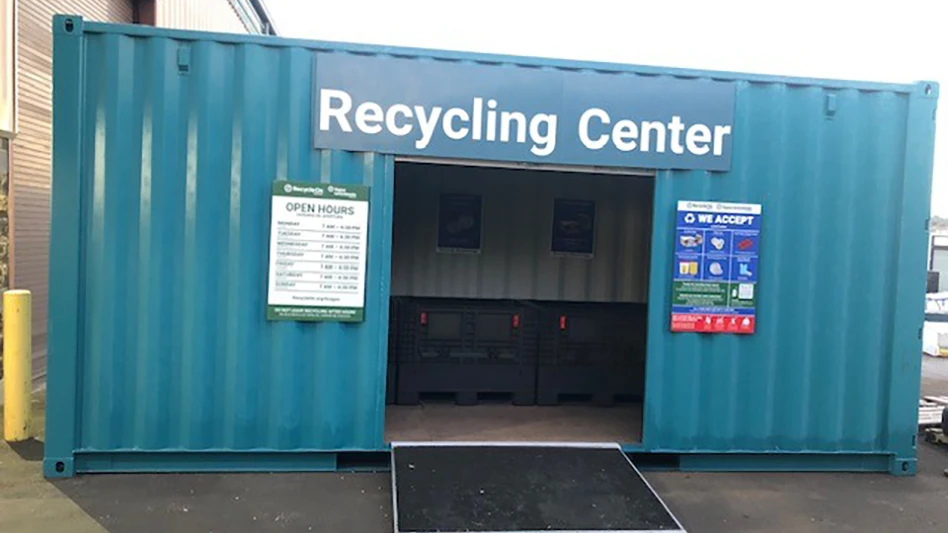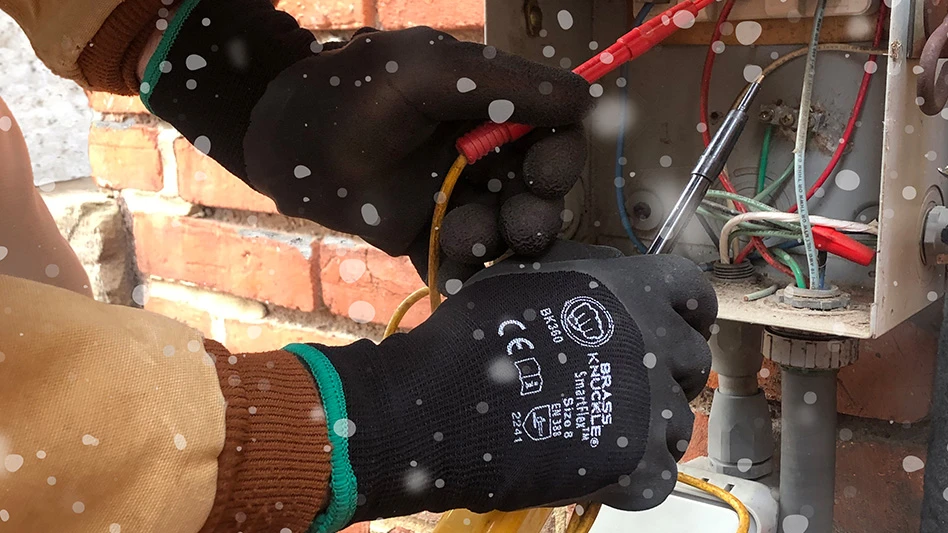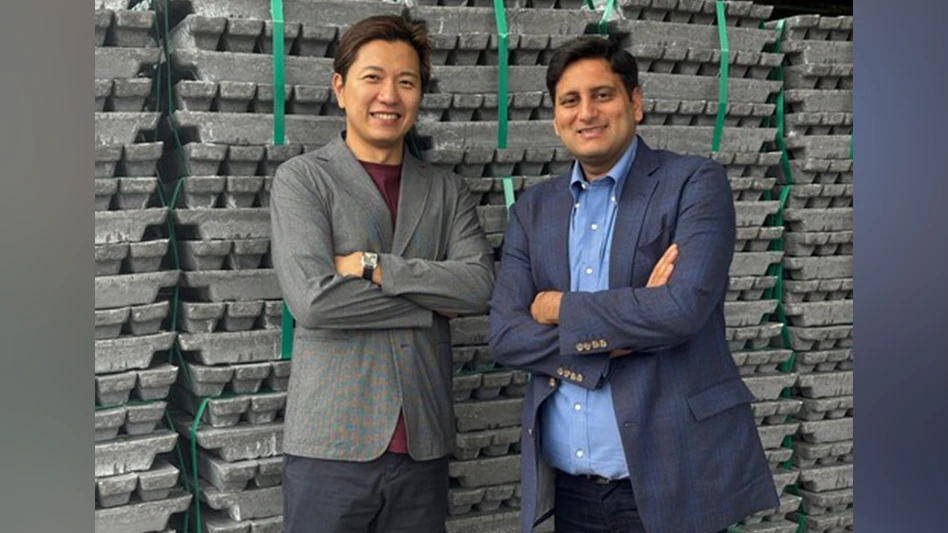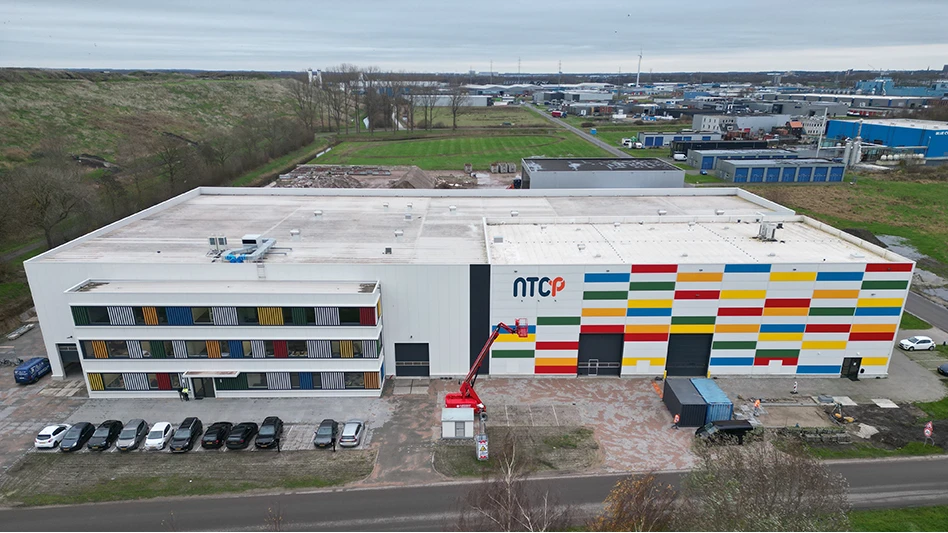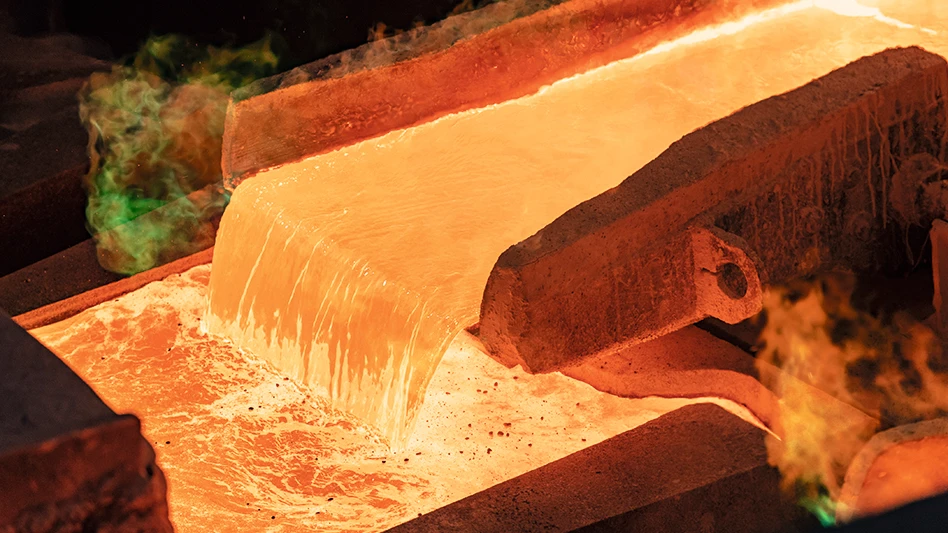
First quarter fiscal 2019 earnings for Schnitzer Steel Industries Inc., headquartered in Portland, Oregon, show the effects of operating margin compression on the company’s Auto and Metals Recycling (AMR) business unit.
AMR’s operating income was $23 million, or $25 per ferrous ton, compared with operating income in the first quarter of fiscal 2018 of $35 million, or $44 per ferrous ton. According to Schnitzer, AMR’s year-over-year performance included benefits from 15 percent higher ferrous sales volumes and 18 percent higher nonferrous sales volumes. However, these increases were more than offset by operating margin compression resulting primarily from a 19 percent decline in average net selling prices for nonferrous products that outpaced the reduction in purchase costs for raw materials, the company says.
“In challenging market conditions that saw a significant decline in the net selling prices for our nonferrous products, AMR delivered solid operating performance with significant year-over-year improvement in ferrous and nonferrous volumes, demonstrating the benefits of our sales diversification strategy and our commercial initiatives to increase supply volumes,” Tamara Lundgren, Schnitzer Steel president and chief executive officer, says in the new release announcing the company’s earnings.
In Schnitzer’s Jan. 9 conference call to announce the earnings, she said “diverging export and domestic ferrous prices that occurred toward the end of the quarter” also affected AMR’s performance. Lundgren added that this divergence in pricing “created pressure on purchase prices,” which compressed margins.
“The ferrous and nonferrous export markets have been adversely impacted over the past six months by uncertainty surrounding tariff and nontariff barriers, regulatory changes in China and expectations of slower economic growth, all of which led to lower prices,” she continued.
Schnitzer has sought new export destinations for nonferrous scrap that has been displaced by China’s import regulations. In the first quarter of fiscal 2019, the company shipped 73 percent of its nonferrous volumes to destinations other than China, Lundgren added.
However, she said the situation regarding nonferrous scrap shipments to China could be eased by a recent announcement. “In late December, the Chinese government announced that beginning July 1, 2019, new regulations will recharacterize certain scrap from solid waste / scrap to raw or furnace ready materials. This change could allow China to deliver on its proposed 2020 solid waste import ban while still allowing Chinese industries to import needed clean grades of scrap.” Lundgren added, “This could be positive for recyclers like ourselves who produce high-quality products.”
According to the conference call, approximately one-third of the company’s nonferrous sales volumes are related to zorba.
“We expect to roll out advances to our nonferrous processing systems that will enable us to increase our throughput, lower our processing costs, increase our processing rates and created products with the metallic content sought by our customers around the world,” Lundgren said.
The company’s Cascade Steel and Scrap (CSS) achieved first quarter operating income of $12 million, an increase of 41 percent year over year. This improvement was driven primarily by a 25 percent year-over-year increase in finished steel average net selling prices, which significantly outpaced the increase in the cost of steelmaking raw materials. Finished steel sales volumes were 6 percent lower compared with the fist quarter of fiscal 2018 primarily because of lower production resulting from the combination of a temporary disruption to a major external natural gas pipeline and downtime related to the implementation of mill equipment upgrades aimed at improving productivity, the company reports.
In the news release announcing the quarterly earnings, Lundgren says, “CSS continued to deliver excellent results, reflecting a 41 percent year-over-year increase in operating income, underpinned by significant operating margin expansion through higher steel prices and improved productivity. Our strong balance sheet provides us with the ability to invest in capital projects while continuing to return capital to our shareholders through both our share repurchases and quarterly dividend.”
For the first quarter of fiscal 2019, which ended Nov. 30, 2018, Schnitzer reported earnings per share from continuing operations of 57 cents and adjusted earnings per share (EPS) of 58 cents. In the conference call about the earnings, Lundgren said the company’s adjusted EPS for the quarter were the second highest first quarter performance for the company since 2011. Its earnings per share from continuing operations were 64 cents, while adjusted earnings per share were 63 cents.
The company’s consolidated financial performance for the quarter included corporate expense of $12 million, a decrease of $4 million from the prior year’s first quarter, which had included a charge for a legacy environmental liability of $4 million.
Latest from Recycling Today
- US Steel to restart Illinois blast furnace
- AISI, Aluminum Association cite USMCA triangular trading concerns
- Nucor names new president
- DOE rare earths funding is open to recyclers
- Design for Recycling Resolution introduced
- PetStar PET recycling plant expands
- Iron Bull addresses scrap handling needs with custom hoppers
- REgroup, CP Group to build advanced MRF in Nova Scotia
